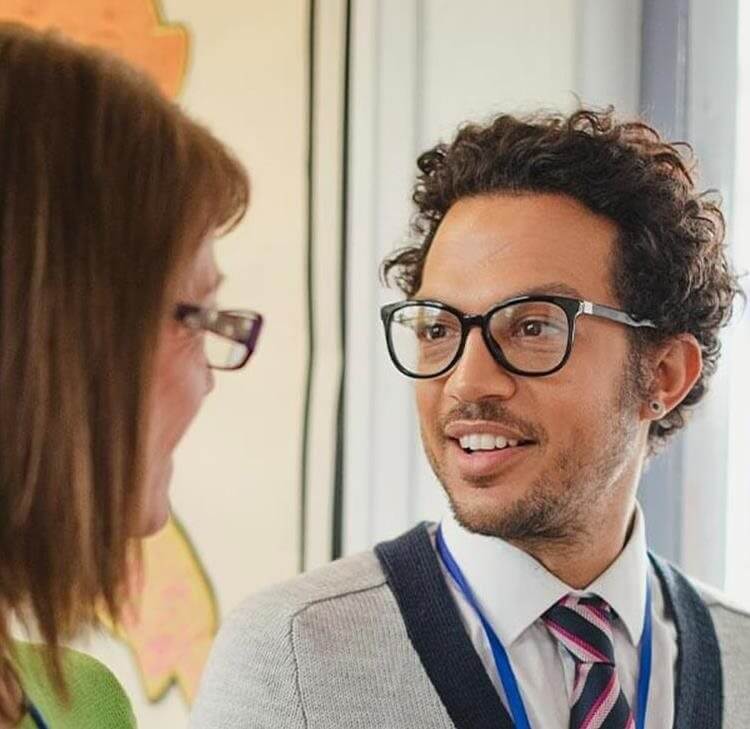Digital transformation in higher education: things to consider
What does digital transformation (DT) mean to you? Because as it turns out, it means different things depending on who you ask.
What does digital transformation (DT) mean to you? Because as it turns out, it means different things depending on who you ask. For the Higher Education (HE) sector, it could mean increasing your reliance on cloud services, accessing HE specific apps and tools tailored for your environment, or finding ways of integrating a number of different stand-alone technology services so that they work effectively together to deliver a coherent strategy. But getting going on a DT programme may also mean that you come into contact with specialists you do not routinely deal with on your business as usual activities. For example, in addition to needing technical and legal advice, your programme may involve new roles for which you need to hire, re-skilling of existing staff, training or redundancies. Maybe it involves business change, new processes and compliance. Or perhaps it means making changes to your premises, whether this is because you are moving, adding new premises or re-negotiating and re-fitting what you currently have.
This is where the specialists come in.
As lawyers advising on DT programmes, we are one of those specialists and consequently, have our own views on what DT means to us. In our experience, a DT programme is rarely just about the technology and the contracts delivering that technology – rather, these are (admittedly key) aspects of what is usually a much wider effort. Accordingly, our teams have developed joined-up approaches not just to the technology and the contracts, but also to the wider issues around DT programmes (such as people issues, business change and property), to enable us to provide an end-to-end service across all relevant aspects of a programme.
From our point of view, any sound DT programme must correctly analyse and identify the business and commercial drivers that are important to it. This involves understanding what you wish to achieve - for example, a higher education institution might wish to engage more easily, cheaply and effectively with the student body. This comes first - a well-run DT programme must be led by the customer’s strategic objectives. From this must emerge the technical requirements necessary to achieve those objectives, which in turn enable you to identify the solutions most appropriate to those requirements.
This, in turn, means engaging closely with the technical team, to whom DT is all about the technology solutions and applying those solutions to the customer’s strategic objectives, business models and operational processes. So far, so straightforward… but the requirements and plans produced by the technical team need to work not just on a technical level, they will eventually end up as part of a contract and thus must work not just from a technical perspective but also when expressed in contractual terms.
The expertise of the technical team is plainly in their technical understanding of the systems and technology involved. Naturally, they tend to present the information they produce in a manner which makes sense to them as technical specialists. But, unless they have fine-tuned their skills though prior close working with a skilled legal team, there is no reason why their approach should also work contractually. Customers must, therefore, be ready to meet the additional challenge of translating the technical content into effective, contractual documentation. Unless a customer understands and deals with this challenge, it can have the best DT strategy on the planet and source the correct and most appropriate technology, but still fail to meet its objectives - because the thing that counts when you get to the delivery phase is what the supplier is obliged to do. The principle here is the same as someone who wants to convert their loft. There is little point in engaging an architect to draw up a good plan, if the details of that plan are not properly reflected in the specification the builders are working to.
In other words, it all comes down to what goes into the contract.
This makes the contract a potential point of failure not just for its legal content, but for its technical content too. In our experience, based on years of advising customers on complex, mission critical technology programmes across a range of sectors including HE, getting the contract right (and hence maximising your chances of a successful outcome), requires the customer to attend to some basic practical matters. For example:
- Early engagement with your legal team, so they can work with the technical team as (rather than after) the technical documentation is designed, developed, iterated and contractualised. This improves quality and reduces the time, effort and cost needed. Early involvement of the legal team is also an important factor in reducing customer risk arising from poor fit of contractual documentation and the adverse impacts on service and delivery which follow from this (in addition to customer costs and risk of delay).
- In a DT context, technology is constantly developing and evolving - so the contractual approach must similarly evolve to keep up with the changes in technology and delivery. This makes reliance on standard contract terms dangerous, because your contract won’t be precisely tailored to fit your circumstances. It can also undermine the good work you may have done in understanding your requirements and developing a technical strategy designed to deliver against those requirements, if those requirements don’t work as well from a contractual perspective as they do from a technical perspective. For this reason, we have developed contractual models designed to get the best out of the technical requirements, so they can be effectively contractualised to maximum effect and with minimum effort.
- Avoiding a siloed approach. We work collaboratively with the customer’s business, technical and other specialist teams and advisers to deliver the programme. An important characteristic of our approach is to take a similarly holistic view in understanding the processes, commercials, risk and compliance profile and other key matters the customer has in its current arrangements. We have learned through experience that this helps us to ensure that the transformed end state the customer is moving to will have the same or improved risk profile, that the commercials still work for it and its processes are compliant with applicable regulatory requirements.
Browne Jacobson’s IT and Complex Transactions offering has long taken a particularly innovative approach to the contract. This is evidenced by our track record of work on some of the most novel, complex and large-scale technology/transformation programmes undertaken in recent years in this country, in the course of which we have designed and implemented new contractual models, techniques and approaches as necessary to ensure that, in each case, the contract is capable of delivering the vision articulated in the programme strategy.
We would be delighted to talk you though some of our experiences, what we can do for you and the benefits on offer for your DT needs.









































